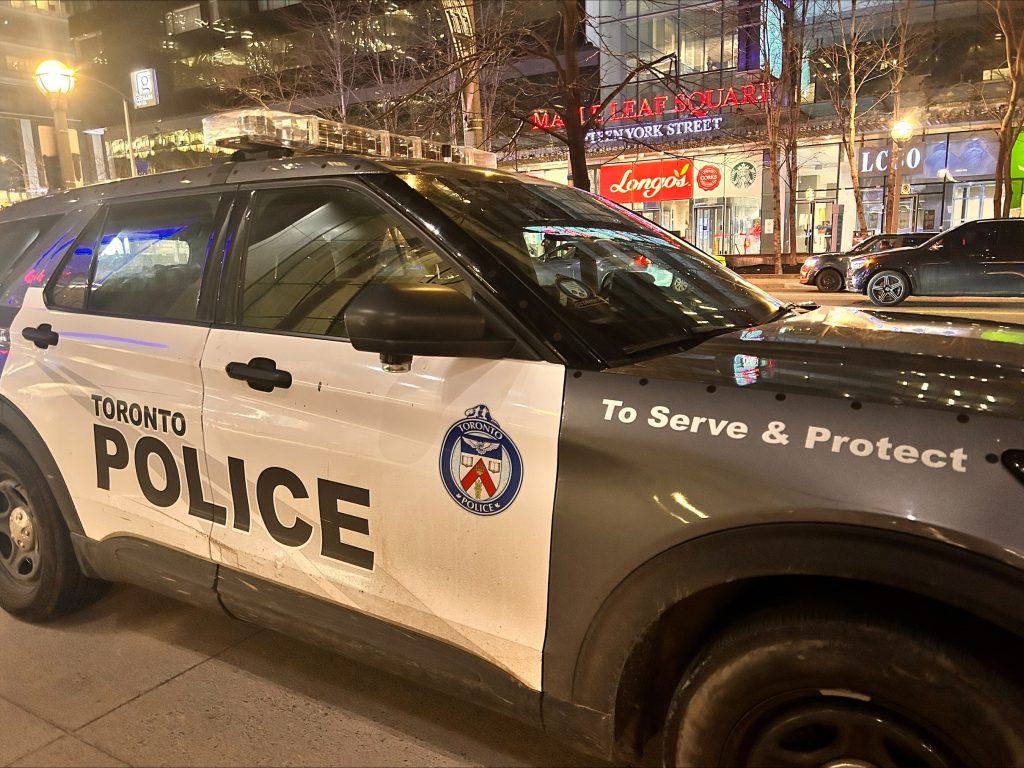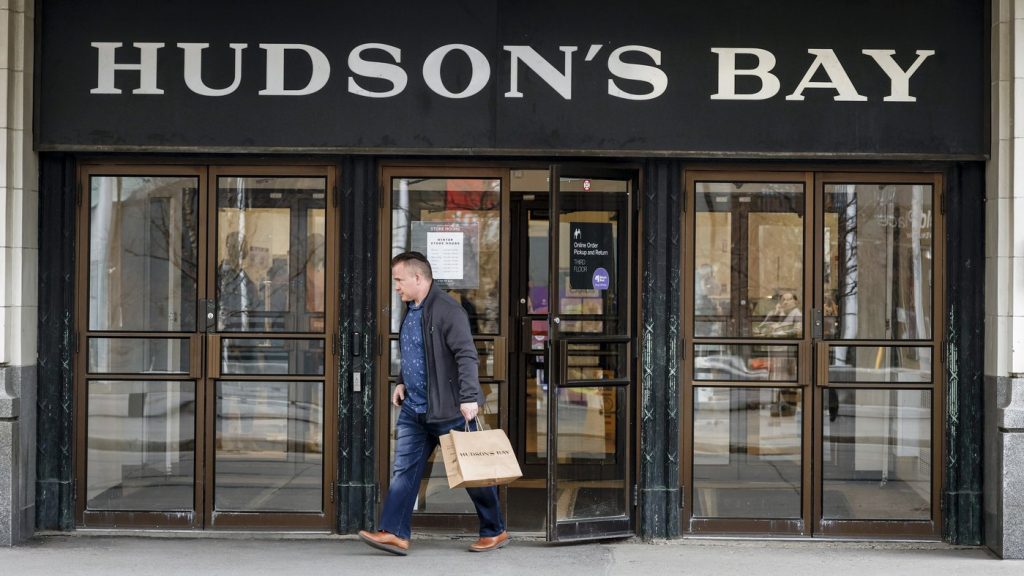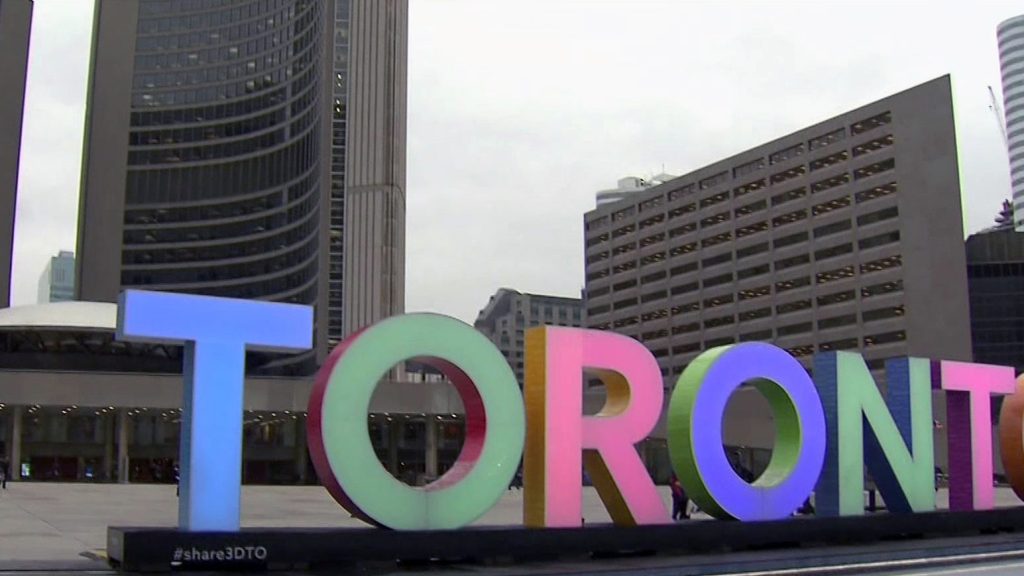Can pets be banned on a rental lease in Ontario?

Posted September 4, 2023 3:09 pm.
Last Updated October 19, 2023 1:48 pm.
Ontario’s Residential Tenancies Act (RTA) covers various rights and responsibilities for both landlords and tenants, with detailed sets of rules about a number of everyday issues that may come up for both parties when renting.
Some questions that come up often revolve around the legality of banning pets, who is responsible for lawn maintenance and snow removal and whether tenants can paint their rental home.
Is a “no pets” clause allowed on a rental lease?
The short answer is no, a “no pets” clause on an Ontario lease is void and cannot be enforced.
“A landlord cannot ban pets in the lease — under section 14 of the Residential Tenancies Act, that is not a provision that can be included in a lease,” explains Ademofe Oye-Adeniran, a lawyer with the Canadian Center for Housing Rights.
She says that it is possible that a landlord may choose not to rent to a prospective tenant who has pets and there are no official rules against that.
However once a lease is signed and the tenant moves in, pets cannot be refused, nor can existing tenants be asked to get rid of their pets.
However, if the pet is causing damage to the unit or building or another tenant is allergic to it, the pet owner may be required to remove it.
Landlords must file an application with the Landlord and Tenant Board (LTB) and present corroborating evidence if they want to have such pets removed.
Condos have their own bylaws that can legally ban pets or impose size and weight restrictions.
However service animals are exempt and must be accommodated by all housing providers.
Who mows the lawn and shovels snow?
Oye-Adeniran explains that as per the RTA, a landlord is responsible for maintenance both inside and outside the unit.
Everything from burst pipes to broken or damaged appliances fall on the landlord to rectify and pay for initially.
However, if the landlord believes the damage is beyond regular wear and tear and that the tenant caused the damage due to negligence, they can file a claim with the LTB to recover their costs.
The landlord is also responsible for both lawn maintenance and snow removal.
“A tenant can make an agreement with a landlord to be responsible for that … saying that ‘I would maintain the lawn or remove the snow and this is the compensation that I will receive in turn,'” says Oye-Adeniran.
She says such an agreement should be separate from the lease. Any clauses in the lease that suggest the tenant is responsible for any maintenance are void and not enforceable.
Can a rental home be painted a different colour?
“You are allowed to paint your unit … but it would be a good idea to return it to the colour that it was,” says Oye-Adeniran.
She suggests informing the landlord of the paint change and choosing a colour that will be easy to cover up or switch back from.
“With regards to modifying the unit in general, you want to think about your reasonable enjoyment of the unit. So what can you do in this space, or what would you like to do in order to make yourself comfortable and to reasonably enjoy the space?” she says.
Hanging up art, photographs, shelving and similar decorative changes are acceptable, but tenants must fill in any holes or damage caused to the walls when they move out.
“You want to think about the landlord’s rights as well in terms of putting things back in the state that they were in,” she says.
Oye-Adeniran warns that if the landlord chooses to, they can file a claim with the LTB to recover costs of repainting the unit or repairing damage they believe is beyond normal wear and tear if the tenant does not leave the unit in a similar condition to when they moved in.
MORE RELATED STORIES:
-
Your landlord is selling your rental home. Now what?
-
What you need to know about living with roommates in Ontario
-
What you need to know about rent control in Ontario
-
Your landlord wants to renovate your rental home. Now what?
-
You’re behind on rent and your landlord wants you out. Now what?








